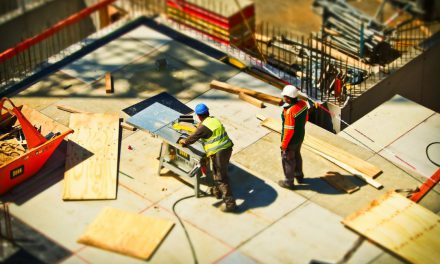Nationwide, 29% of the average renter’s monthly income is spent on rent as of the third quarter (Q3) of 2016, according to Zillow. On the other hand, the average homeowner with a mortgage spends 14% of their income on mortgage payments.
Homeowners have additional expenses that renters don’t need to worry about, like property taxes and home maintenance. Still, monthly housing costs for homeowners are less than half of renters’ monthly payments — a substantial savings.
Editor’s note — Zillow’s analysis assumes a 20% down payment and the average mortgage rates experienced at the end of Q3 2016, as reported by Freddie Mac.
Here in California, the situation is worse for renters and homeowners alike. In fact, the highest renter income-to-rent ratio in the nation is found in Los Angeles, followed by San Francisco:
On the other hand, the ratio between homeowner incomes and mortgage payments (averaging 14% in Q3 2016) is below its historical average of 21% across most of the nation’s largest metros — with the exception of two of California’s priciest markets: Los Angeles and San Jose, which are currently higher than their historical averages.
In Los Angeles, the average homeowner historically spends 35% of their income on a mortgage, while today they can expect to pay 38%. In San Jose, the average homeowner historically spends 36% of their income on a mortgage, while today they can expect to pay 38%.
Elsewhere, today’s lower income-to-mortgage payment ratio is largely due to the historically low mortgage rates we’ve experienced since 2012. However, low rates have been countered by extremely high prices in Los Angeles and San Jose.
The future of housing costs to be determined by interest rates
Mortgage rates have increased significantly since this report was released using Q3 2016 data, from around 3.3% at the end of Q3 to over 4.1% in January 2016. Today’s homebuyers now have the choice between buying a less expensive home to purchase and spending more of their income on mortgage payments. This interaction between incomes and mortgage rates is known as buyer purchasing power, which measures how much mortgage principal the average homebuyer qualifies for.
Likewise, renters are indirectly impacted by higher mortgage rates, as landlords reliant on financing often pass along the extra cost of higher rates to renters.
The good news is California incomes are rising at a healthy rate as we begin 2017. While end-of-year data isn’t out yet for California, the national jobs report shows December hourly wages up 2.9% from a year earlier, the highest annual increase since 2009. Further, the latest data available for average per capita income in California shows a significant 5.4% increase from 2014 to 2015.
As incomes continue to increase in the coming years, the impact of higher mortgage rates will be lessened. Therefore, while buyer purchasing power has fallen briefly going into 2017, it will level off as soon as homebuyer incomes catch up to higher rates.
Buyer purchasing power is one of the most important factors influencing home prices. When buyer purchasing power rises — as it did in 2012 when mortgage rates hit an historic low — home prices increase. When buyer purchasing power decreases — as it did at the end of 2016 — home prices are likely to follow within 9-12 months.
Expect California home prices to taper off in 2017 in delayed reaction to higher rates (and the slow home sales volume experienced in 2016). But the dip in prices won’t last for long. Rising incomes and the recovering jobs market — along with demographic shifts in the first-time homebuyer and retiree sectors of our populations — will lead to the next boom in home sales, anticipated to arrive in 2019-2021.















